Forget IM: why email is still the ultimate form of online communication
The internet is full, but we've still got email
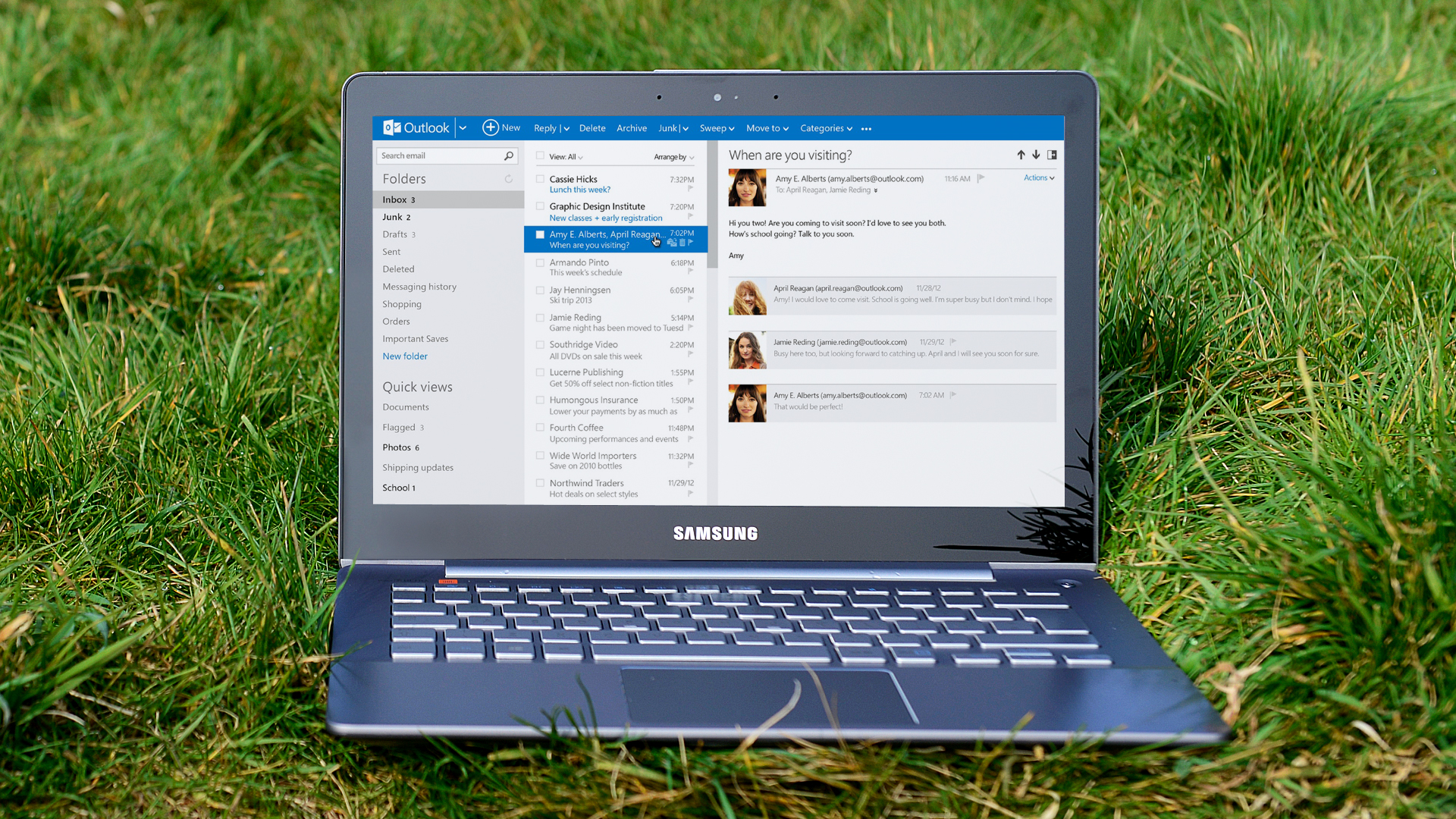
Young people don't use email. Everyone hates their never-ending inbox. The likes of WhatsApp, Twitter and SnapChat are gaining in popularity. But does all that really mean that email is dead?
For many of us, email is the internet's 'killer app', a neutral, open innovation of the kind it no longer seems capable of creating. It may have first been used in 1971 and it can seem woefully outdated, but email isn't going anywhere.
In an uncertain world where the internet may already be full, email is the one thing we can rely on. It has stamina that new communication platforms can only dream of.
"Email has staying power because it has continued to evolve over the past three decade," says Paul Leprévost, CPO at Mailjet. "It's a trusted source, as most people have an email address and see it as a reliable channel for sending and receiving messages."
The write stuff
Who still uses email? Well, everyone on the internet... and counting. The Radicati Group report that the number of worldwide email accounts will grow from over 4.1 billion today to 5.2 billion in 2018, with email users increasing from over 2.5 billion now to over 2.8 billion.
The workplace is obsessed with email; The Radicati Group reports that the 108.7 billion emails sent by businesses each day will increase to 139.4 billion by 2018. Simply put, email is massive.
"Email will not be replaced for the foreseeable future," says Dr Peter Chadha, Founder of DrPete and co-author of Thinking of...Going Google Apps – To Save Money and Get Ahead – A guide for SMEs. It has replaced the letter as a format of choice for formal relationships, and until the millennials enter the working environment I can't see that any other forms of communication will replace it."
Sign up for breaking news, reviews, opinion, top tech deals, and more.
There is a tiny chink in email's armour; the increase in non-business email usage is slowing, with the 87.8 billion personal emails sent each day estimated to grow to 'only' 88.3 billion by 2018. The culprit? Instant messaging (IM).
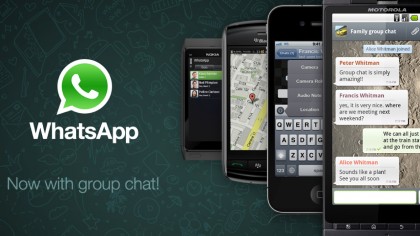
What about social media & IM?
Unlike email, not everyone on the internet uses the same system. Social media sites Facebook (1.32 billion), Twitter (500 million accounts), Google+ (340 million), Tumblr (150 million), LinkedIn (200 million), Instagram (100 million) dominate, but there are countless others around the world, such as WhatsApp, SnapChat, Skype, Japan's Line, South Korea's KakaoTalk and China's WeChat. IM is part of all of them.
What's your IM of choice? Depends on who you're communicating with, right? Perhaps you send text messages with close friends, and use either Facebook Messenger or WhatsApp with wider circle of friends, use Google Hangouts with colleagues and Microsoft Lync with clients.
It's a sector in flux. "We are still in the Wild West as far as IM goes," says Chadha. "There is no huge brand name behind them all and no real de facto standard."
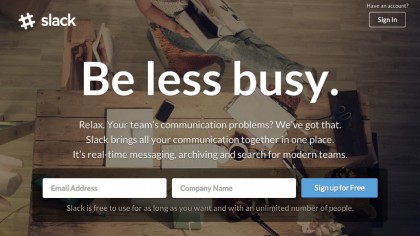
Isn't IM a killer app on mobile?
Email is integrated into all modern mobile OS so perfectly that it's arguably easier to access than anything else. Litmus reported in October that a staggering 48% of emails are opened on smartphones and tablets while mobile email users worldwide number 897 million, according to The Radicati Group.
OK, so that's nothing when you consider that 73.44 percent of Facebook's total user base now accesses the service from a mobile device, but in terms of numbers, email wins again. Why else would Facebook have devised its own email addresses?
Who doesn't use email?
Unquestioning eyes might look at the figures and see a demographic time-bomb underneath email. "There is no point in emailing students any more," Professor Sir Steve Smith, the vice-chancellor of Exeter University, told The Times in May. "They get in touch with us by social media, especially Twitter, and we've had to employ people to reply that way. Students will tweet for help if something has gone wrong."
The may be a new generation who rely on social media and IM, and hardly use email, but there are far more internet users that rely far more on email. Besides, those students will soon be in jobs where email is the accepted norm. How else does one send attachments and retrieve old messages?
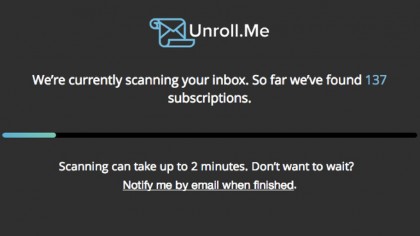
Who thinks email is dead?
The cloud crowd, those Silicon Valley types who, as well as being young and therefore not emotionally tied to email, can't see any way to make money from anything that already exists. The argument from these guys is that productivity is suffering in the workplace (which just happens to have a collectively massive IT budget).
"If businesses rely solely on email, they run the risk of silo'ing knowledge into individual departments and restricting cross practice creativity that can otherwise be harnessed on wider enterprise collaboration platforms," says Wim Stoop, Senior Product Marketing Manager at Jive Software.
Some complain that email is a time-sink, but there are ways around that. One of the best – and simplest – tricks comes from Unroll.Me; sign-up and your email account is searched, revealing all of your distracting daily subscriptions (it found a staggering 317 in mine). After you've thinned them out, Unroll.Me then consolidates the others, sending you one single daily email called The Rollup containing all of your subscriptions.
Stoop still thinks email, and even IM, are doomed in the long run. "Technology in the workplace should and will go beyond IM and email, empowering employees to innovate collaboratively," he says.
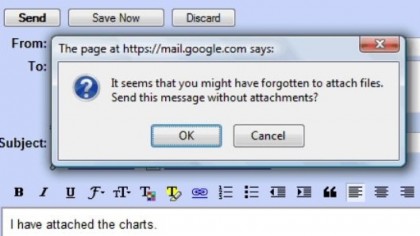
"Virtual workplaces" and centralised communications
Despite email's resilience as a communication tool, the bulging work inbox is the bane of many an office worker's life. "An oversized inbox is a daunting prospect and with technology increasingly available that can boost productivity and dramatically reduce email volume, a change in the way businesses communicate is ahead," says Jon Jorgenson, group director from Access Group.
"The email might not be dead, but the frequency in which it is relied upon may be under threat." Though he admits that there will always be a place for email in the business world, Jorgenson thinks that we're going to start to see a shift toward using technology that can replace emails with more time effective ways of communicating.
"Enterprise cloud communication tools provide ways of allowing people to communicate as they would on email through perpetual messaging," he says, "bringing together elements of instant messaging, group chat and online communities into a group messaging application for businesses."
Myriad new platforms are emerging that try to make email more like social media, with the likes of HipChat, Trello, Salesforce.com, Yammer, Convo and Slack all attempting to replace internal email with a platform that lets employees message each other, share stuff and chat. Slack – the creation of an ex-Flickr co-founder – even has its own Wall of Love on Twitter.
"We've recently started using Slack, and it's the closest anybody has come so far to a viable replacement for email," says Jon Norris, Web editor at Crunch Accounting.
"It's faster, more collaborative, and integrates nicely with lots of our third-party apps. I'd estimate it's saving us at least a few hours a day already." However, there's a catch. "We can't switch over to Slack wholesale as everybody outside our organisation is still using email." That's not going to change anytime soon because very few of us even work in the kind of corporate office environment where such software is available.

How the inbox is changing
"In the long-term I can see email becoming more of an invisible protocol that various specialised apps use to send data to one another, rather than the raw communication layer it is now – we're already seeing the beginnings of this with Google's new Gmail API – and I'm all in favour," says Norris.
The evolution of email has been a constant in the life of the internet. Gmail has its Priority inbox, whereby all circulars go under one tab, and all personal email into another.
Apple has plans to introduce Mail Drop, which lets users choose to send large attachments through iCloud instead of through their recipients' email servers, while Outlook now integrates social media. The email inbox is fast becoming a hub, which shouldn't come as a surprise; wasn't email the original social media? The inbox is becoming a smartbox.
Task-orientated app for smartphones, Mailbox – now owned by Dropbox – was a huge hit a year or so ago, so there's obviously a demand for new kinds of email. Baydin's Boomerang is a productivity plugin for Gmail, Outlook and Yahoo that adds scheduled messaging and the ability to send an email off into the ether, only for it to return at a specified (less busy) time.
"As the email experience has continued to improve … it's clear that email's days are not numbered," says Leprévost, citing how the Mailbox app has created slick email on mobiles.
"Since email is constantly evolving, the email we know today will likely not be the email we know ten years from now – expect to see new hardware and software developed that changes the communication experience, particularly with wearables."
Email, the internet's most trusted brand, has plenty of mileage left in it yet.

Jamie is a freelance tech, travel and space journalist based in the UK. He’s been writing regularly for Techradar since it was launched in 2008 and also writes regularly for Forbes, The Telegraph, the South China Morning Post, Sky & Telescope and the Sky At Night magazine as well as other Future titles T3, Digital Camera World, All About Space and Space.com. He also edits two of his own websites, TravGear.com and WhenIsTheNextEclipse.com that reflect his obsession with travel gear and solar eclipse travel. He is the author of A Stargazing Program For Beginners (Springer, 2015),